GPCR/G protein
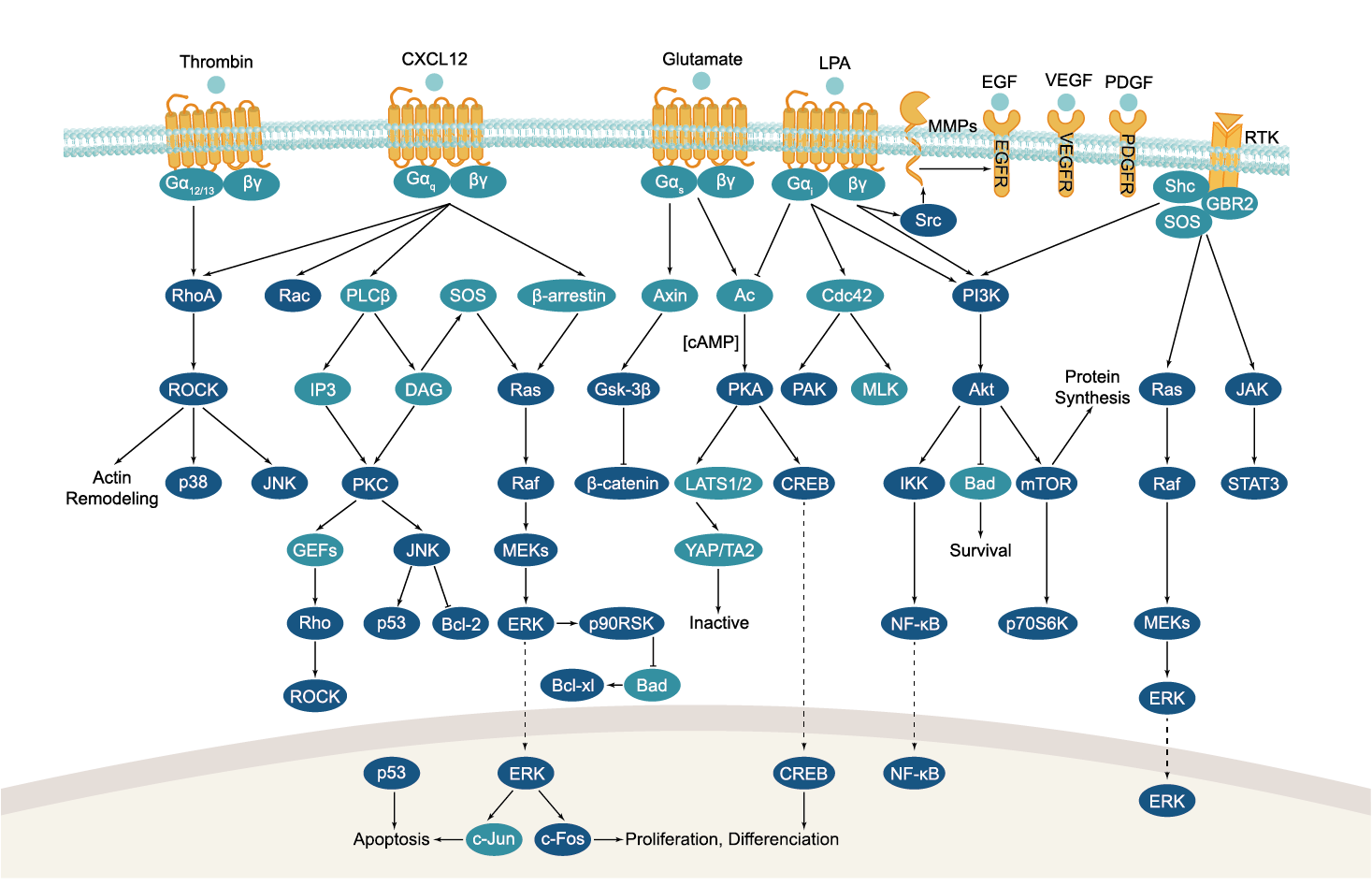

All GPCRs share a common seven trans-membrane structure. GPCRs are associated with heterotrimeric G-proteins which are GTP-binding proteins made of alpha, beta, and gamma subunits. When a ligand binds to GPCR, it activates the attached G-protein, the GDP is replaced with GTP. The activated G-protein then dissociates into an alpha and a beta-gamma complex which activates downstream signaling pathways. These intracellular signaling pathways include cAMP/PKA, calcium/NFAT, phospholipase C, protein tyrosine kinases, MAP kinases, PI-3-kinase, nitric oxide/cGMP, Rho, and JAK/STAT.
GPCRs are one of the most important therapeutic targets for various diseases, over 30% of all modern medicinal drugs target this family. Aberrant GPCR functions are involved in pathological conditions such as neurological, immunological and hormonal disorders. A large number of GPCRs have been identified, but whose ligands are not known, are classified as orphan receptors.
-
 C6376 Adenosine 5'-monophosphate monohydrate
C6376 Adenosine 5'-monophosphate monohydrate -
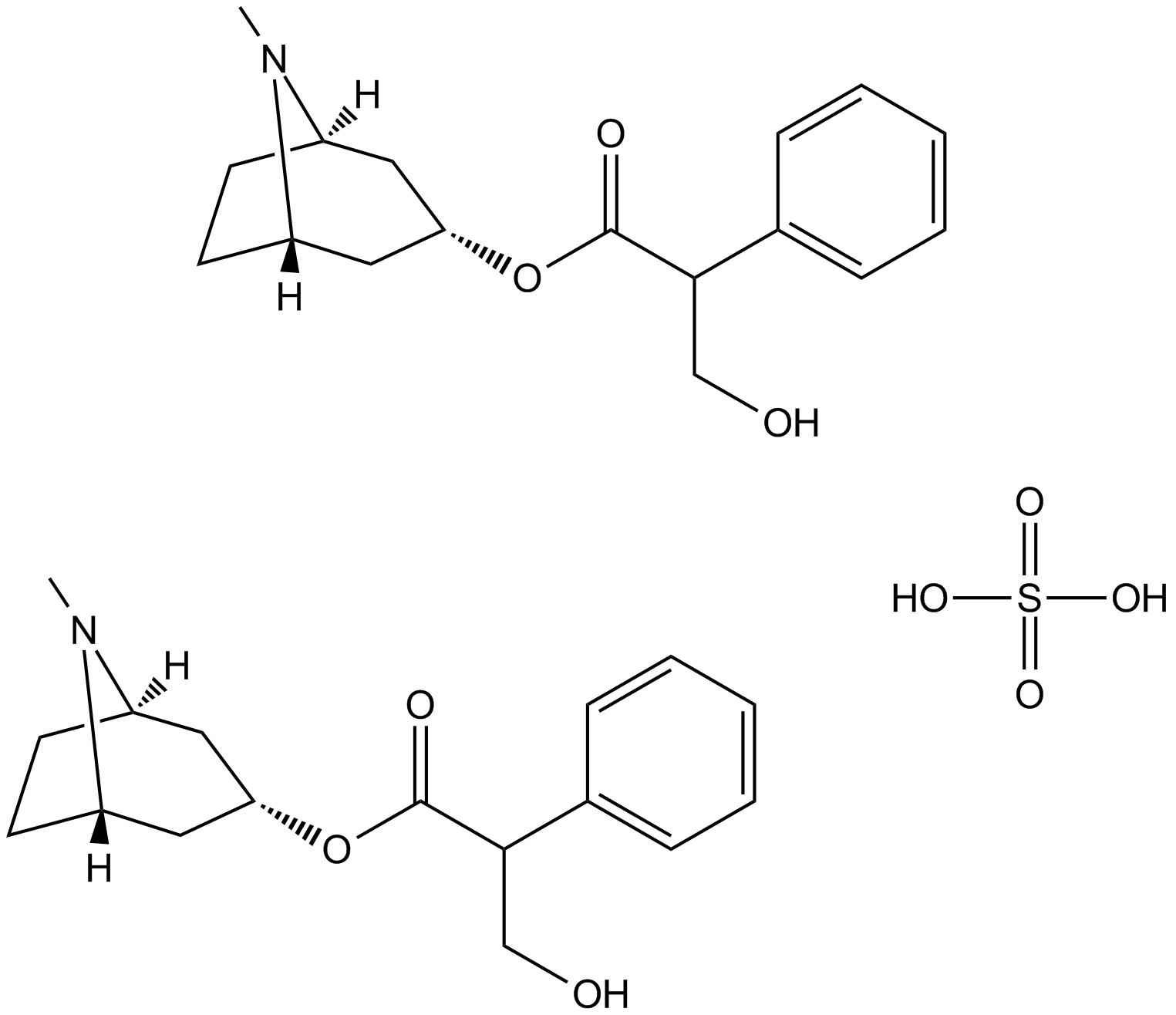 C6389 Atropine sulfate
C6389 Atropine sulfate -
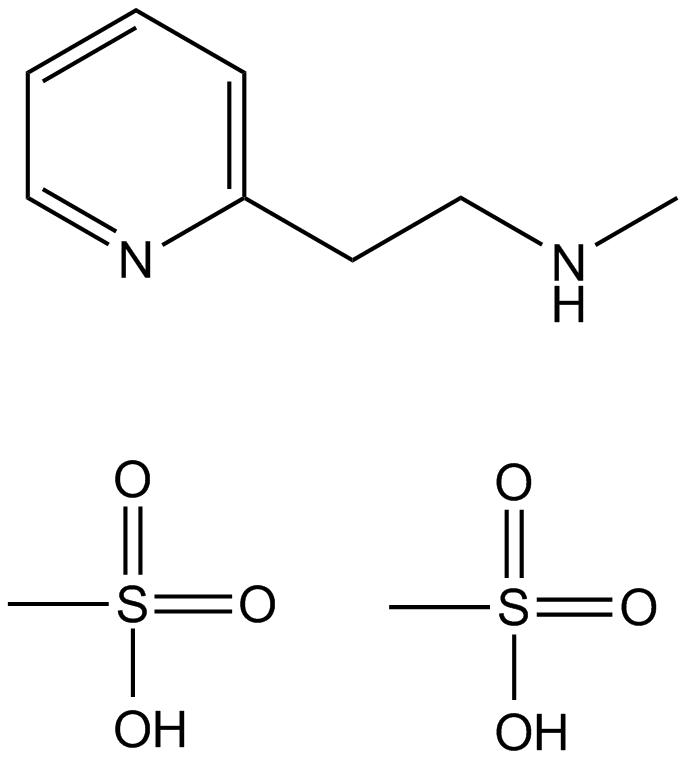 C6391 Betahistine mesylate
C6391 Betahistine mesylate -
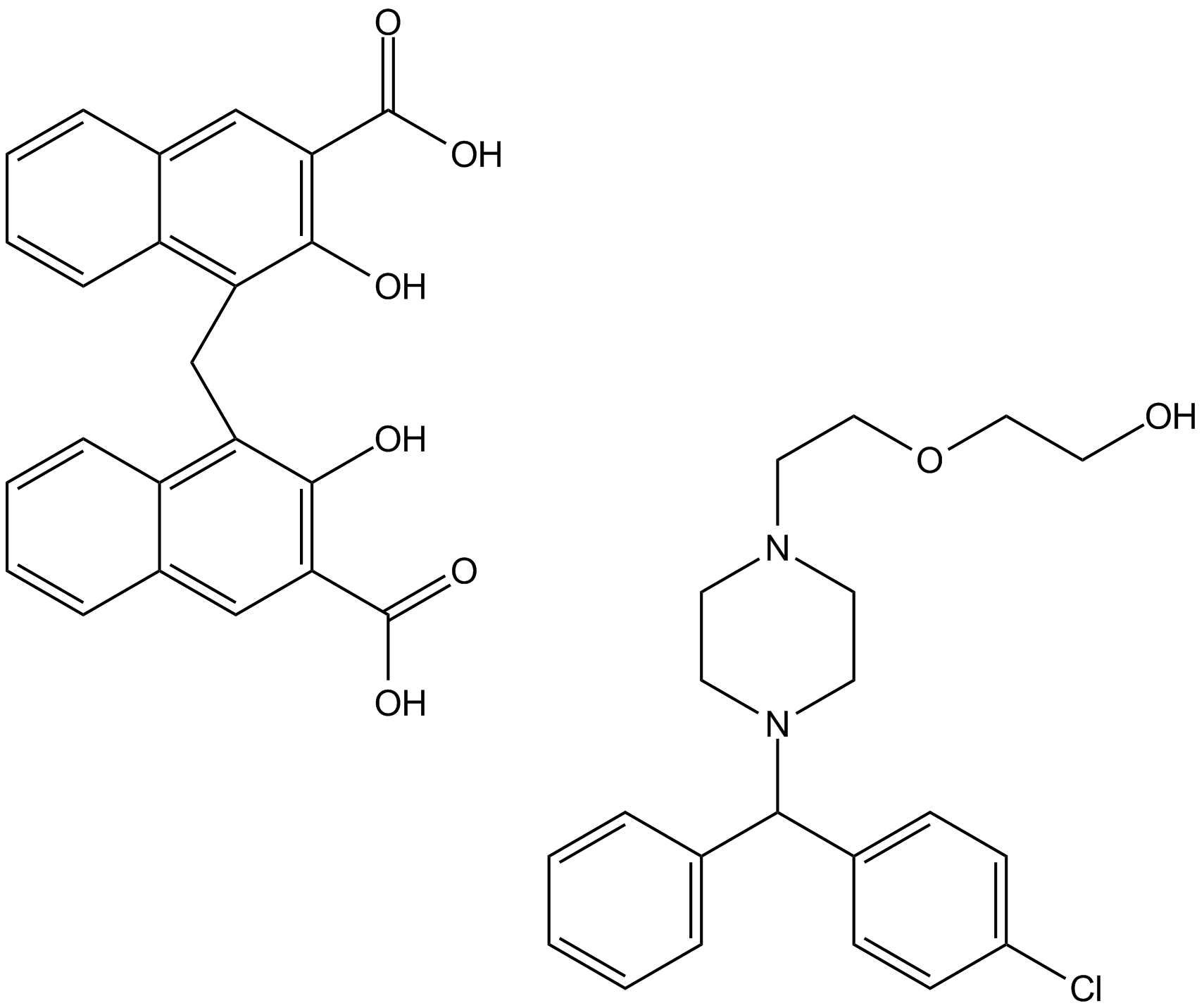 C6397 Hydroxyzine pamoate
C6397 Hydroxyzine pamoate -
 C6401 Chloropyramine hydrochloride
C6401 Chloropyramine hydrochloride -
 C6402 Isoproterenol sulfate dihydrate
C6402 Isoproterenol sulfate dihydrate -
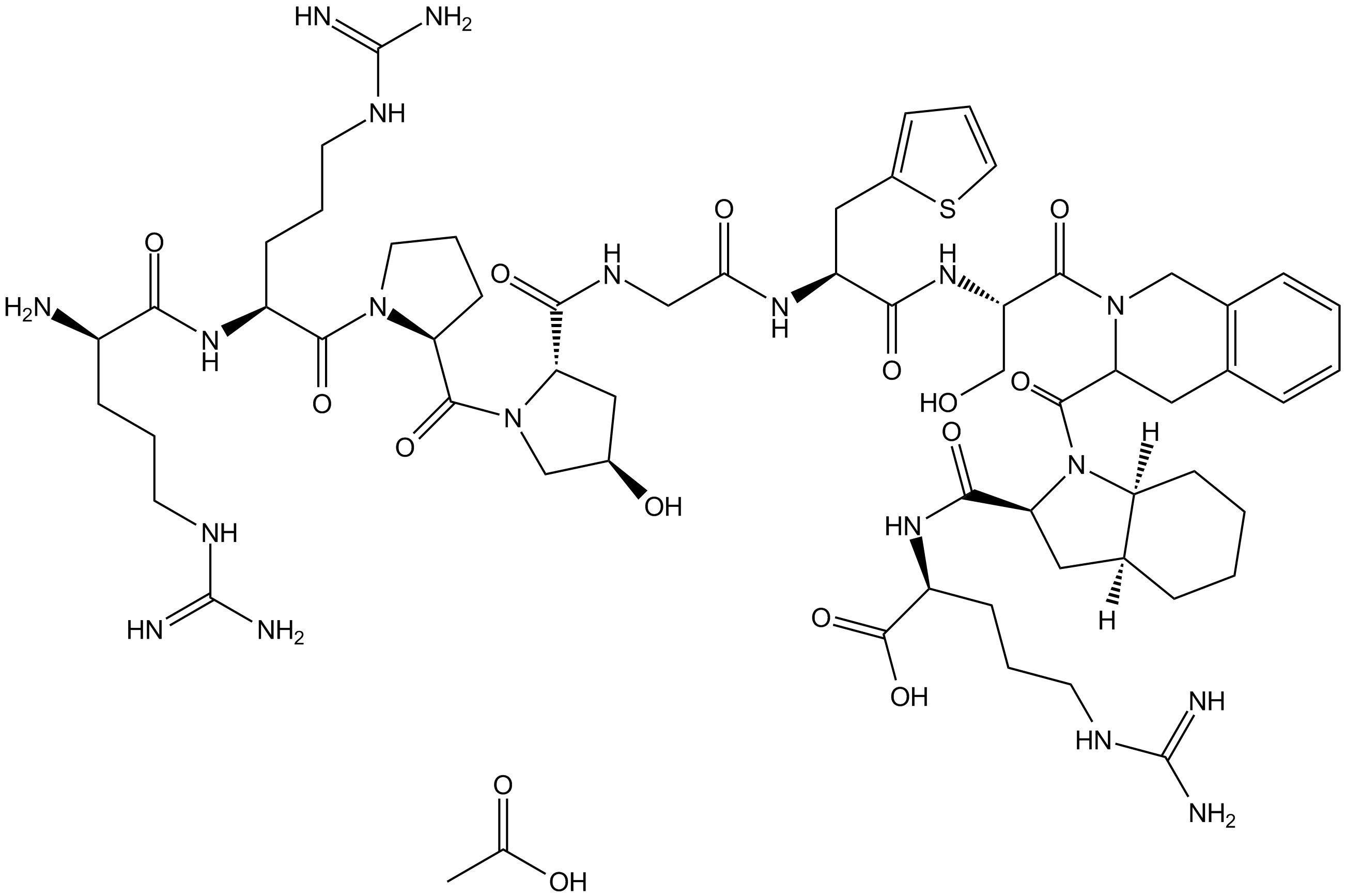 C6403 Icatibant Acetate
C6403 Icatibant Acetate -
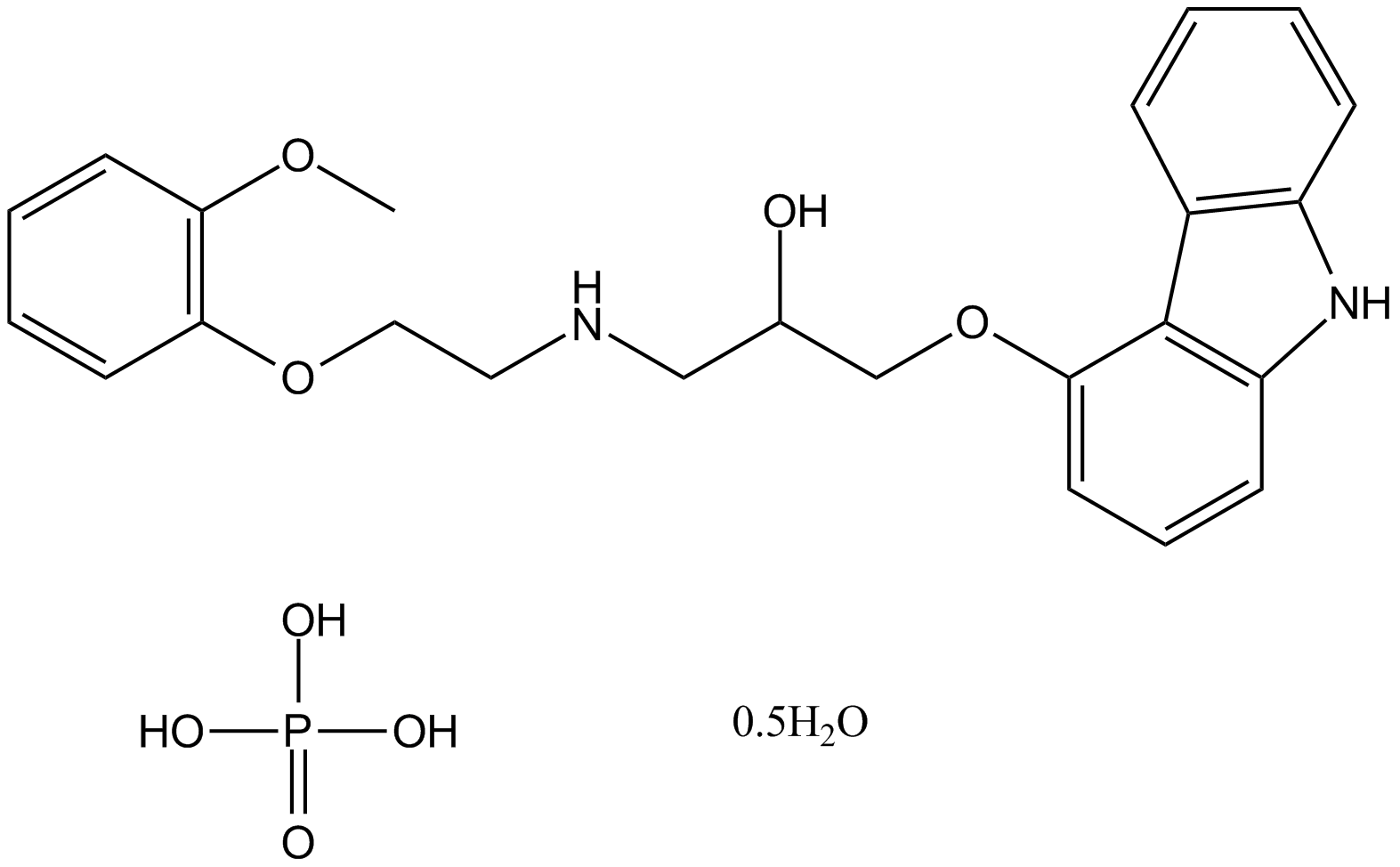 C6404 Carvedilol Phosphate
C6404 Carvedilol Phosphate -
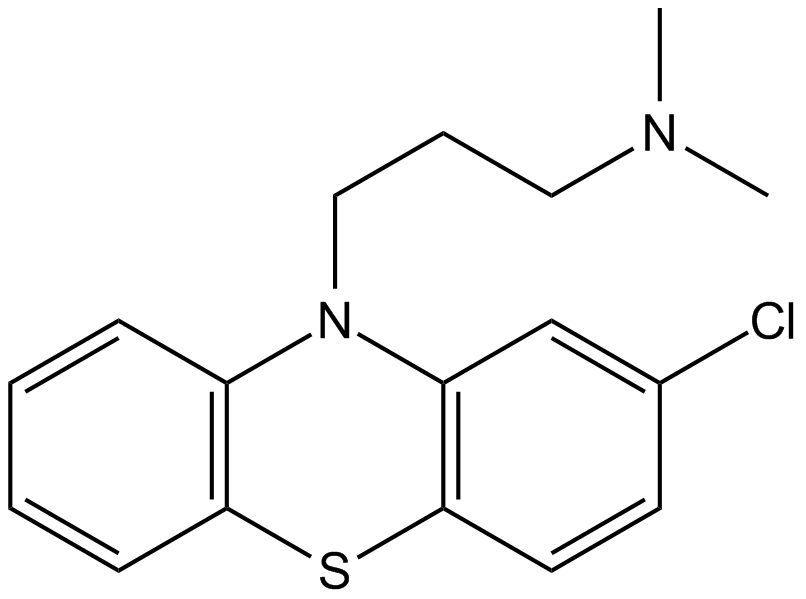 C6410 Chlorpromazine6 CitationSummary: A dopamine receptor antagonist, classified as a typical antipsychotic drug
C6410 Chlorpromazine6 CitationSummary: A dopamine receptor antagonist, classified as a typical antipsychotic drug -
 C6411 Fenoterol
C6411 Fenoterol


